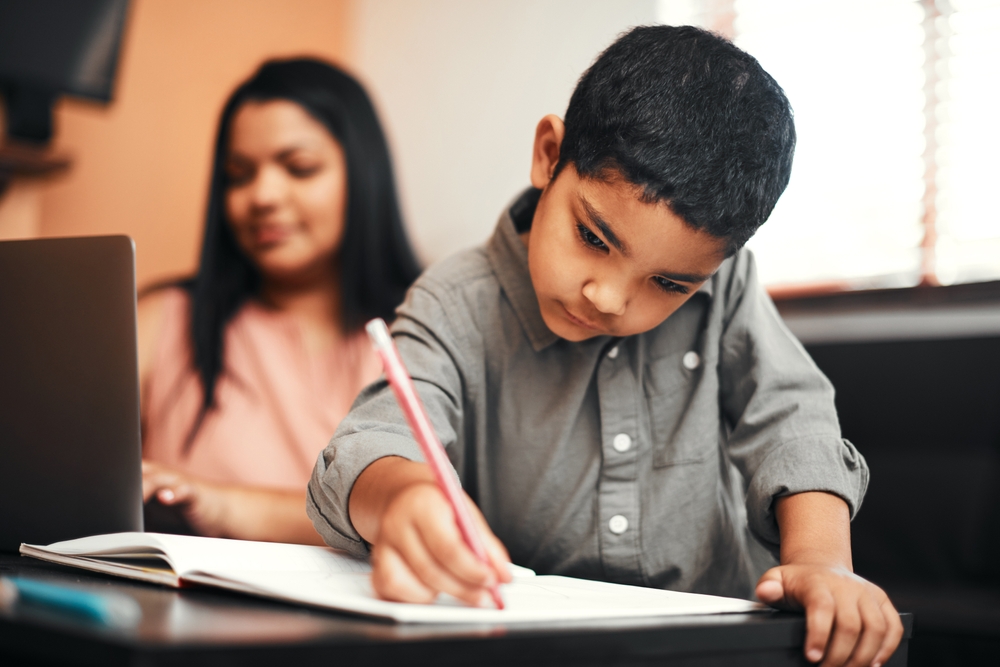.webp)
.avif)
Covid upended education – we’ll be witnessing the social, emotional, and academic consequences among our young folks for years to come – and when schools could safely open up again, many students had fallen far behind. High-dosage tutoring became a powerful method for helping students make up lost ground, and it has worked wonders at filling in the academic gaps that arose in the midst of profound disruption.
Why High-Dosage Tutoring is Effective
Widely regarded as the most effective strategy to respond to loss of learning, high-dosage tutoring is so successful because it combines all kinds of best practices. But what is it? And what is it not? At Redwood, we’re especially invested in these questions because we partner with schools, supporting the students who need this focused, intentional instruction to catch up with their peers. Let’s talk about why it works.
Key Features of High-Dosage Tutoring
First, high-dosage tutoring emphasizes very small groups. The tutor never works with more than 3-4 students at a time. The benefits of one-on-one or small-group tutoring are apparent: the tutor gets to know students well, growing familiar with their personalities, strengths, and challenges and planning instruction accordingly; with fewer peers, students can develop a trusting, mentor relationship with their tutor, making the learning process warmer and less daunting (high-dosage tutoring is not a punishment, and shouldn't feel like one); in a traditional classroom setting, the students who need the most help are often silent, and even if they do reach out for help there’s limited opportunity for a classroom teacher to respond to one student’s difficulties when there are 30 other kids in the room.

The Individualized Approach and Scheduling of High-Dosage Tutoring
The 1 to 1, 1 to 2, or 1 to 3 tutor/student ratios allow the tutor to individualize instruction, another essential component of high-dosage tutoring. The tutor (who must be a qualified professional with the necessary training and expertise) tailors instruction to target a student’s gaps while also incorporating the content being taught in the classroom.
High-dosage tutoring isn’t just for the students with the most pronounced struggles; it’s available to everyone. And these are not sporadic, occasional lessons – they’re treated like any other scheduled class, and they take place during the school day. Every day is ideal, but three days a week (no less) is sufficient. Tutoring sessions should be 30-60 minutes long, and they need to continue for the duration of the school year – this isn’t a program for students to participate in for a month or two. Consistency and duration are key. So is intentional scheduling – high-dosage tutoring shouldn’t interfere with the rest of a student’s classes. It’s not a replacement for classroom instruction; it supplements classroom instruction.
Funding Challenges for High-Dosage Tutoring
“Where’s the money going to come from?” is never a fun question to ask. But there’s another, more discouraging question that we don’t need to ask: “Is this making a difference?” It surely is. Evidence shows that high-dosage tutoring is repairing the educational harm of a global pandemic. That’s one benefit of emerging from a crisis: it forces us to figure out what works.
High-dosage tutoring can be pretty pricey. Intensive, individualized instruction usually is. However, it doesn’t have to be. Our partners are finding creative ways to provide this necessary service to their students using funds they do have access to. Some schools pursue grants while others use the dollars already allocated for vacant teaching and paraprofessional positions to hire Redwood. If you're a school leader interested in high-dosage tutoring, reach out to us at 773-309-4524 or admissions@redwoodliteracy.com to hear more about the ways our partner schools are finding sustainable funding.

.svg)




